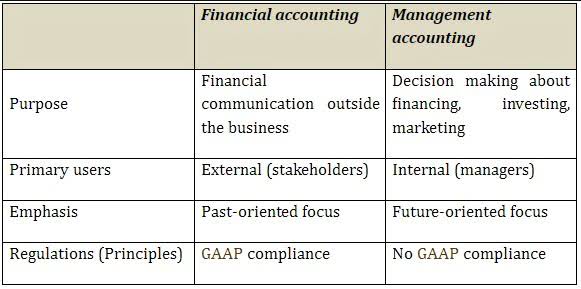
Pricing, production levels, resource allocation – you name it, your decisions will be guided by real, insightful analysis. If your revenue is subject to change, it’s unpredictable, and a fixed budget could leave you with little left to take as profit or allocate to other areas of the business. A good example of a company that may benefit from a fixed budget is a contractor who renovates homes. This is because they already know how much the customer will pay and then can create a budget based on their fixed, predictable costs to help predict profit from each particular job.
Enhanced decision-making process

Find the historical average of variable expenses as a percentage of historical revenue and apply this ratio to your projected period. Bear in mind that the budget is typically based on historical information adjusted for expectations on changing demand, market expansion, and cost of goods sold, among other aspects. Understanding what a static budget is, how it is made, and why it a static budget report is important will help you to determine if creating and implementing a static budget is appropriate for your organization. Static budgets are popular because they’re simple and create clear benchmarks. As you progress through the budgeting period, track how the business is performing in relation to projections. You’ll also want to give your stakeholders periodic performance updates, alongside ensuring you flag any immediate concerns or opportunities that may affect the next round of budget allocations.
Estimate revenue

For instance, many businesses experience a sales boom around the holidays, while others have revenue that changes based on month-to-month sales data. There’s no ceiling for how many sales you can make as long as you have inventory. A flex budget allows you to choose a percentage of your overall revenue you want to put toward a specific goal, so when you sell more, you can spend more.
When to use static budgets vs. flexible budgets

If the business environment changes dramatically overnight, static budgets make it difficult to pivot quickly. If future assumptions that your team uses to create the budget turn out to be wrong, correcting the budget isn’t easy and budget variances can soon get out of hand. To that end, static budgets lack the functionality required by a growing SaaS startup with the moon in its sights or a mid-growth stage company looking to https://proudmarymusic.co.uk/accrual-basis-books-cash-basis-tax-return-2/ expand. And as customers respond to rapidly changing market conditions, so must the company’s budget. While flexible budgeting and rolling forecasts enable teams to pivot on a dime, a rolling budget offers another dynamic approach to address changing conditions.
- This comparison provides a clear metric for evaluating how well the organization adheres to its financial plan.
- Static budgets are fixed; they won’t fluctuate with changes to your business sales volume or figures in a given period.
- This information on the software and how to operate it may be helpful for many people seeking to implement a similar budget report system in their organization.
- It details the process with the help of the Road Department of a local government.
- By clearly outlining priorities and spending limits, a static budget helps ensure that the business’s resources (which are naturally limited) are allocated to the most critical areas.
- For example, lumber prices rise dramatically in the spring because more companies are building homes.
- Bear in mind that variable expenses typically go up as revenue increases and go down as revenue decreases.
- This template example is of instructions on how to access and get your report made online.
- With a static budget, you lose the opportunity for trial and error in real time.
Static budget and static planning often guide allocating resources such as capital, labor, and materials. The above template is a guide to making a recurrent budget report for the people who are tasked with it and seek to find out more about how to cross-question the makers to ensure transparency. If you are seeking to learn about the revenue report process of a Travel Agency Accounting budget and its purpose, the above template example may be of great help to you.
- You’ll want to break down your cost of revenue estimates by revenue stream, and you’ll want to differentiate between variable and fixed costs for each.
- It’s calculated by comparing the budgeted amounts to the actual amounts for a given period, such as a month or a year.
- For instance, a positive revenue variance might reveal successful marketing campaigns or higher-than-anticipated customer demand.
- The static budget is not made to be responsive to favorable and unfavorable variances over the given period.
- That’s why most companies use a mix of both static and flexible budgets to help them keep track of their performance by comparing them both to their actual spending.